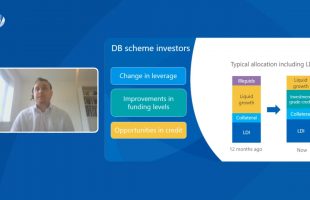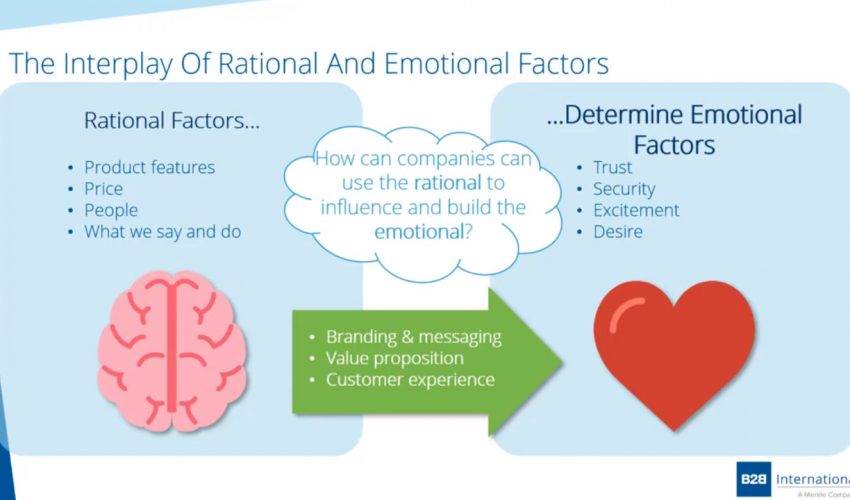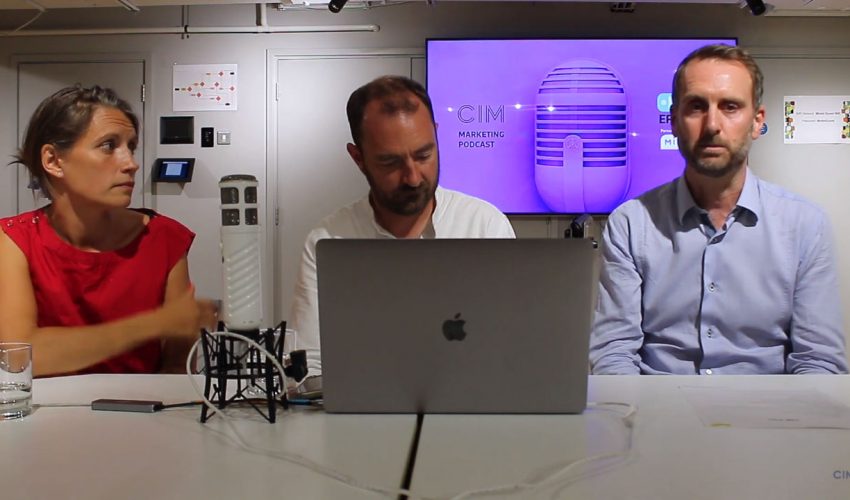Every day, around the globe, billions of electronic payments are made, flowing through countless devices to the banks and other financial institutions that process them. Most of this happens in the blink of an eye, and without any issues. This is incredible enough in itself, but what’s more remarkable is that many of the systems that underpin these payments were designed for a very different payments landscape. The last fifteen years has seen huge change across all aspects of the payments value chain, and this shows no sign of slowing down with countless industry factors driving further change: regulation, of course, but then everything from competition from fintechs, to the rise of CBDCs, stablecoins and tokenisation.
These two compounding factors of a lack of modernisation, and constant change, have resulted in a payments landscape which is barely fit for purpose today, never mind in the future. It has become immensely complex, and in parallel the risks and vulnerabilities of the systems have only increased.
All this points to it being critical that financial institutions address their payments architecture now; as a minimum to survive, by complying with regulation and keeping their customers’ money safe and secure; but ideally to thrive, by preparing themselves for future changes, and delivering real value and innovation for themselves and their customers.
From our work and experience across the industry, advising banks of all shapes and sizes, as well as payments schemes and market infrastructures, we see that there are some core principles and patterns to architecture modernisation that apply everywhere – cloud infrastructure, APIs, data-centric, service-based architectures. But it is also abundantly clear that there is no one-size-fits-all approach to modernisation.
We know that every institution has different considerations, different constraints, and different motivations, all of which will influence their approach to modernising their payments estate – is the bank a direct or indirect scheme participant? Are payments a differentiator or a commodity for the organisation? What is the current state of their payments architecture, and their Technology capability? We know that defining a new payments architecture is the easy part, and the real challenge lies in delivering this change seamlessly, and preparing the organisation for the change it will bring. And we also know that it is essential that organisations face into this challenge as soon as possible.
At Baringa, we bring our depth of expertise, and our breadth of experience, to work together with each client on their unique modernisation journey.
For more on payments architecture and other themes of our future-proofing payments campaign please visit: www.baringa.com/future-proofing-payments.










































































































































































































































































